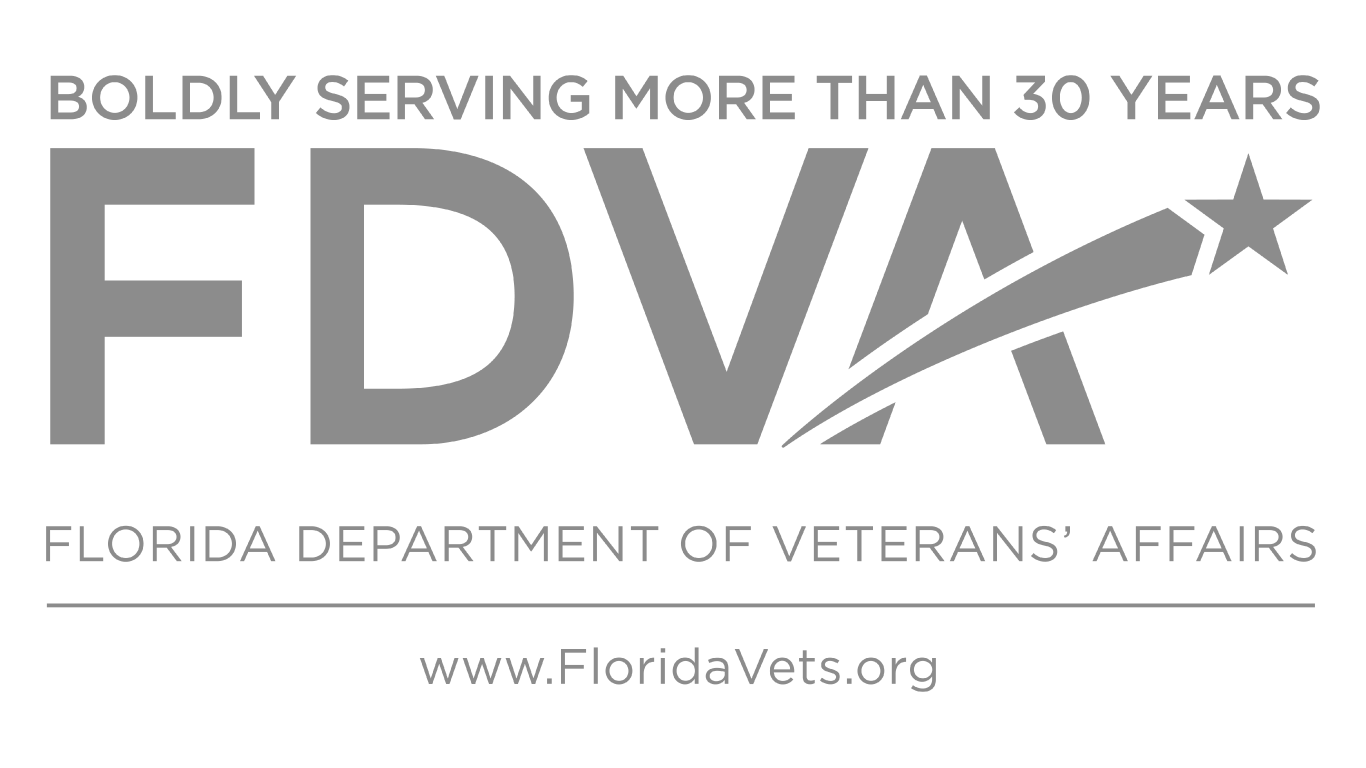Employers: Please email gerena@veteransflorida.org for more information about our workforce services.
The Veterans Florida Agriculture Program is a six-month training fellowship that provides veterans and servicemembers a comprehensive, hands-on experience and equips you with the knowledge, skills, and abilities to be competitive for leading careers in Florida’s $149 Billion agriculture industry.
- The training takes place at the University of Florida Institute of Food and Agricultural Sciences (UF/IFAS) Research and Education Center facilities located across Florida. The Institute is a research pioneer and its innovations in food safety, crop production, and disease-resistant plants have played a vital role in advancing the industry.
- Veterans Florida will work with participants to further their career at an agribusiness or working farm or ranch after completing the training.
- Open to veterans and transitioning servicemembers.
- Veterans in our program earn a $15 per hour stipend through special USDA funding for veterans in agriculture.
- Servicemembers in our program retain their active duty pay and benefits through DoD SkillBridge.
If you’re interested, choose an option below to apply
Some participants may be encouraged to enroll in a UF agriculture certificate program in which veterans are eligible for GI Bill funding or VA Vocational Rehabilitation funding.
“It’s a very comprehensive approach… there is diversity of opportunity in agriculture”
-Ryan McGrath, U. S. Army Veteran

LARGEST ECONOMIC
SECTOR IN FLORIDA
2 MILLION
jobs
$149 BILLION
economic impact
“It gave me the opportunity to own my own farm”
-Eric Autery, U.S. Army and
U.S. Air Force Veteran,
Founder of God’s Garden Farm
This work is supported by the Enhancing Agricultural Opportunities for Military Veterans Program, grant no. 2020-77028-32885/project accession no. 102407, from the U.S. Department of Agriculture, National Institute of Food and Agriculture.
Any opinions, findings, conclusions, or recommendations expressed in this publication are those of the author(s) and should not be construed to represent any official USDA or U.S. Government determination or policy.







